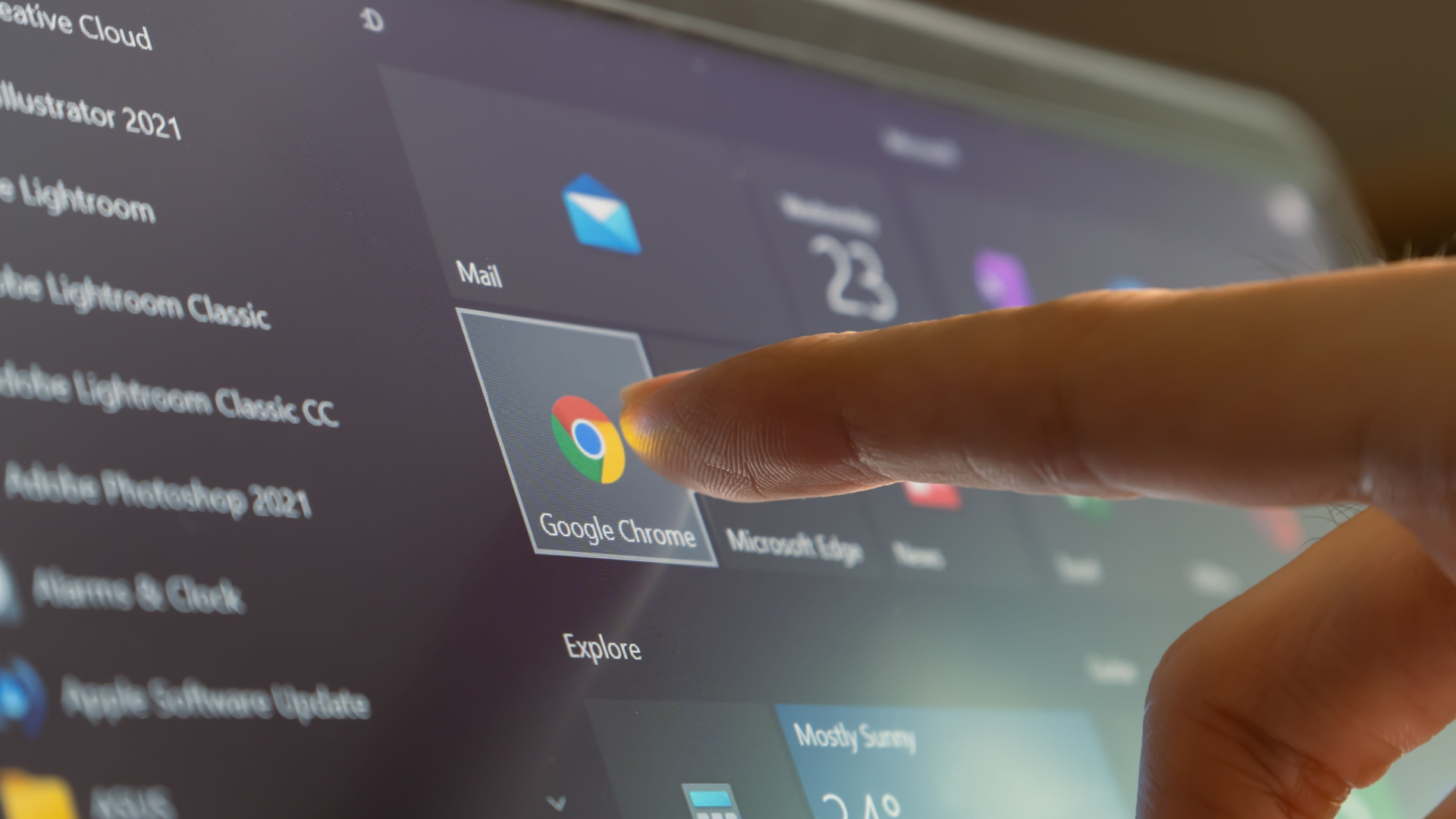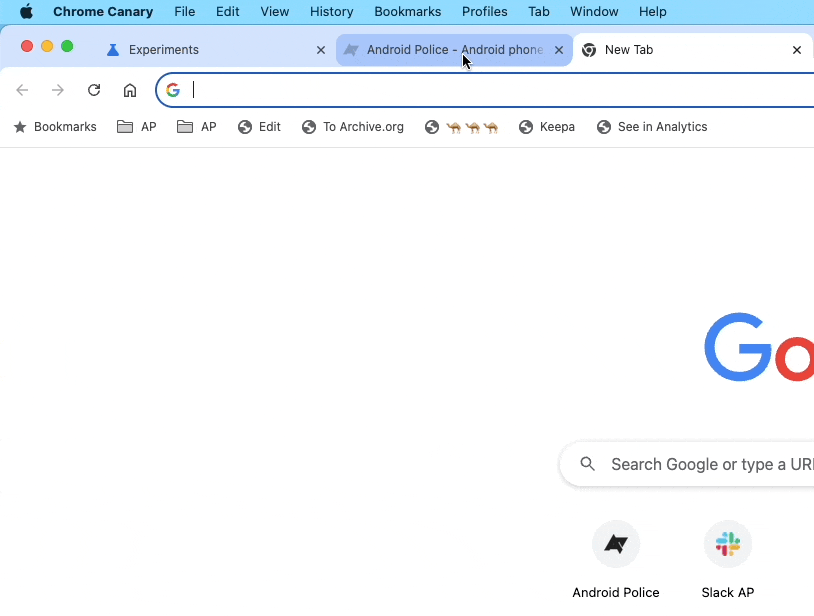
Google Chrome released its Memory Saver feature in an update back in February 2023, after it was announced in December 2022, which works by snoozing tabs not currently in use from your PC’s memory. And now the tech giant is set on enhancing the feature even more.
Memory Saver will be getting a new addition, first discovered by Leopeva64, that shows how much memory each tab was hogging before it was made inactive by the tool. You simply need to hover over the tab in question, and a card will appear below it that shows the exact amount of RAM in question.
It’s an incredibly useful feature that lets you see important information without having to dig through various menus. There’s also a different feature that greys out the inactive tab, making the effect of Memory Saver even clearer to users.

According to Android Police, Google is working on another tool that displays this same information on the Memory Saver badge that appears in the address bar. It seems that it’ll be adding a graph that shows whether the amount of RAM you’ve saved with this feature is a sufficient amount or not.
Google Chrome still needs to watch out
It’s good to see Google finally address one of its biggest issues, namely that it’s a huge RAM hog. And targeting tabs not in use is a brilliant idea, since one of the biggest reasons for its high memory usage is due to excessive tabs opened.
However, it’s important that Google not become complacent, as Microsoft Edge also has a similar feature called Sleeping Tabs, which apparently reduces memory usage by 85% and CPU usage by a whopping 99%.
And considering that Edge is constantly in battle against Apple Safari for the number two spot in the browser market, this is definitely competition that Google needs to keep an eye out for.
Sign up for breaking news, reviews, opinion, top tech deals, and more.
There’s also another factor, perpetrated by Google no less, that could have a huge effect on its market dominance.
Google began phasing out the Manifest V2 Chrome extension platform for its experimental Canary channel in order to introduce its Manifest V3, with Manifest V2 being phased out for all stable channels in order to introduce V3 completely.
This will most likely break Adblockers on the Chrome version, which a good amount of users have enabled.
This could easier give the opportunity to other browsers to come in and steal market share from Chrome, especially the currently lagging Mozilla Firefox. Firefox specializes in a host of privacy tools and has already confirmed that while it will support Manifest V3, ad blockers will still function normally.
Google, maybe for your next move, you can stand to be more pro-consumer or you might find yourself in hot water.

Named by the CTA as a CES 2023 Media Trailblazer, Allisa is a Computing Staff Writer who covers breaking news and rumors in the computing industry, as well as reviews, hands-on previews, featured articles, and the latest deals and trends. In her spare time you can find her chatting it up on her two podcasts, Megaten Marathon and Combo Chain, as well as playing any JRPGs she can get her hands on.